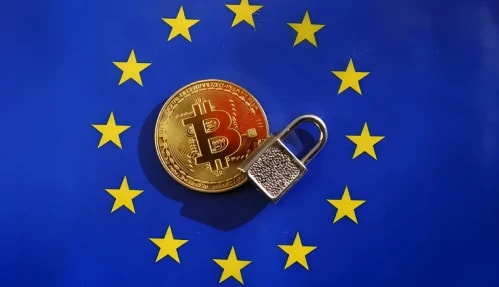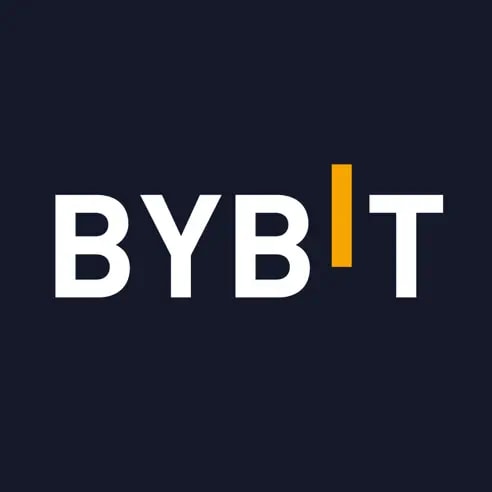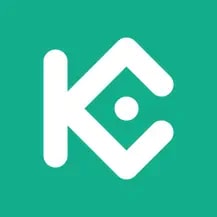n recent years, blockchain technology has experienced explosive growth, disrupting traditional systems and enabling innovative applications across various industries. However, scalability has remained one of the biggest hurdles for blockchain adoption. The inability to process transactions at scale in a decentralized manner has hindered the practical usage of blockchain networks.
Enter Solana - an ambitious project leveraging novel technical solutions to create the world's most performant blockchain. In this article, we will examine how Solana is addressing scalability through its unique consensus mechanisms and architecture.
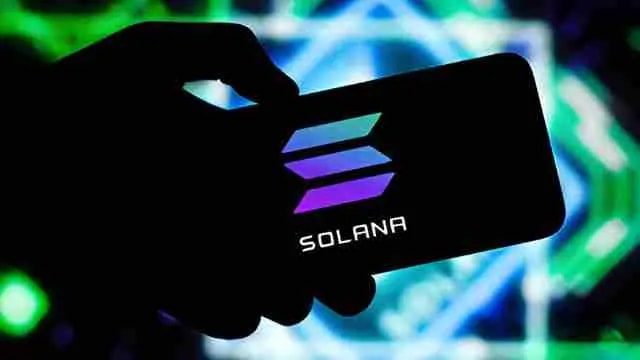
What is Solana?
Solana is an open-source blockchain platform founded in 2017 and launched in 2020 that aims to facilitate the development of highly scalable decentralized applications. Founded by former Qualcomm executive Anatoly Yakovenko, Solana intends to provide the foundational capabilities required for global adoption of blockchain technology. At its core, Solana strives to deliver a robust and efficient network capable of handling thousands of transactions per second while maintaining decentralization, security, and low latency.
Key Features of Solana
- Poof of History (POH): Solana's innovative Proof of History (PoH) mechanism plays a crucial role in its scalability. PoH timestamps transactions cryptographically before adding them to the ledger, effectively keeping time on the blockchain. This simplifies the process of reaching consensus and significantly enhances transaction throughput.
- Cluster Architecture: Solana employs a cluster-based design where network nodes are organized into independent clusters. Each cluster maintains its ledger while validating different transactions simultaneously. This partitioned architecture allows workloads to be distributed efficiently across clusters, improving scalability.
- Low Fees: With transaction fees averaging $0.00025, Solana provides an extremely cost-effective platform for applications requiring high transaction volumes or microtransactions. Its negligible fees are made possible due to PoH and the scalable architecture.
- Smart Contract Support: Like Ethereum, Solana enables developers to build decentralized applications and services through its support for the popular Turing-complete programming language Smart Contract. This expands its functionality beyond basic transactions.
- Open-source: Solana's open-source code promotes transparency, allowing developers worldwide to review, use, build upon and contribute to the platform. This collaborative approach can accelerate the network's growth.
How Does Solana Work?
Key to Solana's core capabilities are the technical solutions powering its high-performance blockchain network.
- Proof of History: As mentioned earlier, PoH establishes a verifiable timestamp for each transaction, simplifying consensus. Leader nodes approve block production based on the timestamps rather than waiting for slow votes, speeding up validation.
- Proof of Stake: Solana utilizes a delegated proof-of-stake (PoS) model where users stake SOL tokens to validate transactions and earn rewards. PoH acts as a virtual "clock" to further expedite this process.
- Tower BFT: Solana implements its own variation of the Byzantine Fault Tolerance (BFT) consensus protocol through Tower BFT. This partitions validators into independent "towers", protecting against faults/attacks in one tower from spreading network-wide.
- Turbine Protocol: Turbine efficiently propagates blocks across the clustered network in parallel through pipelining. It optimizes mempool construction to minimize confirmation delays during high transaction periods.
- Sealevel: To parallelize workload, Solana's Sealevel engine concurrently runs thousands of smart contracts through a just-in-time compiler. This massively improves execution scalability.
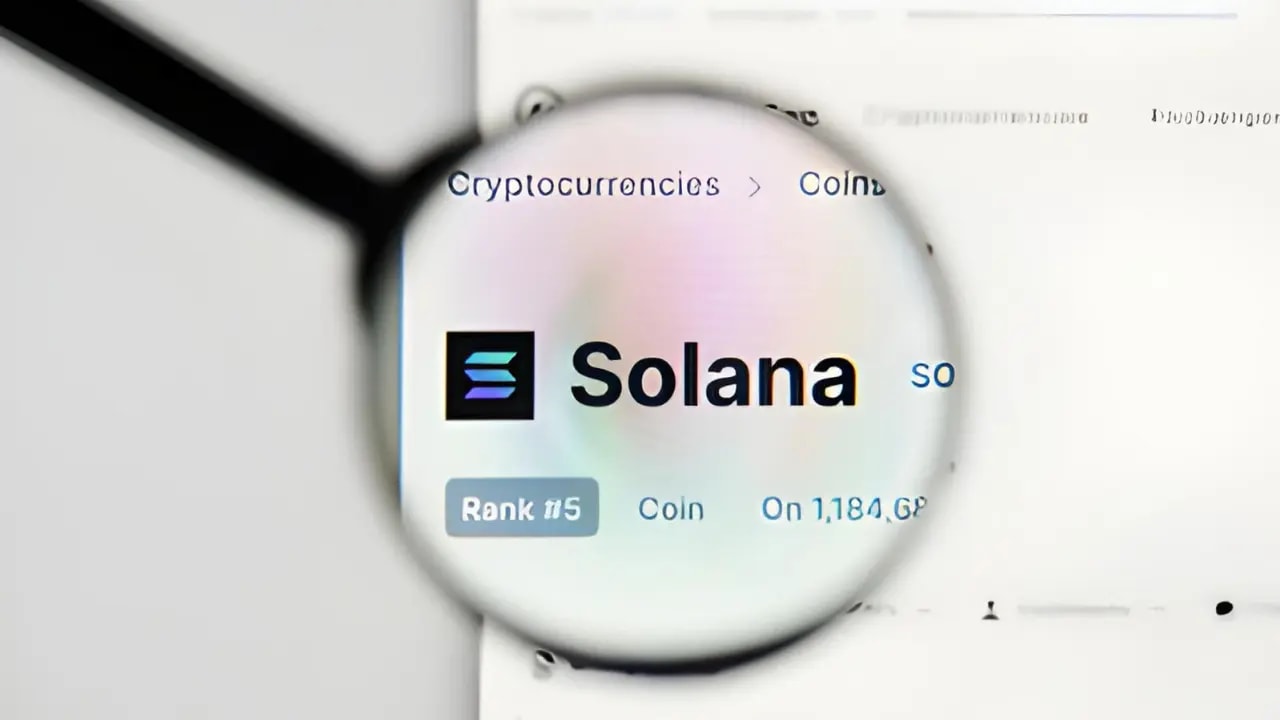
The SOL Token
At the heart of Solana's economy lies the SOL token - a fundamental currency enabling value transfer on the network. SOL is distributed through various means:
- Staking: users can stake SOL through validators to validate transactions and earn rewards/fees. This model secures the network in a decentralized manner.
- Network Usage: SOL provides the means for applications to pay negligible transaction fees, currently averaging $0.00025. Higher usage will increase fee burn rate and demand.
- Token Distribution: The initial 500 million SOL supply was allocated through private/public offerings. Solana Labs retains a portion with inflation set to reduce over time.
- Incentivizing Participation: Additional SOL rewards encourage more users/validators to participate, bolstering the ecosystem. Transactions/staking lock tokens, reducing supply.
SOL plays a critical role in powering the Solana ecosystem through activities like staking, transaction fees, and serving as a true cryptocurrency for transferring value within the network. At present, there are 443,131,586 SOL in circulation.
In terms of market prominence, Solana ranks among the largest cryptocurrency projects globally. As of March 8th, 2024, its market capitalization was over $64 billion based on a price of $152.19 per SOL token - putting it in the top 5 cryptocurrencies at that time behind Bitcoin, Ethereum, Tether and BNB.
As adoption grows, SOL's utility across these activities is expected to increase its demand and value proportionately over the long run.
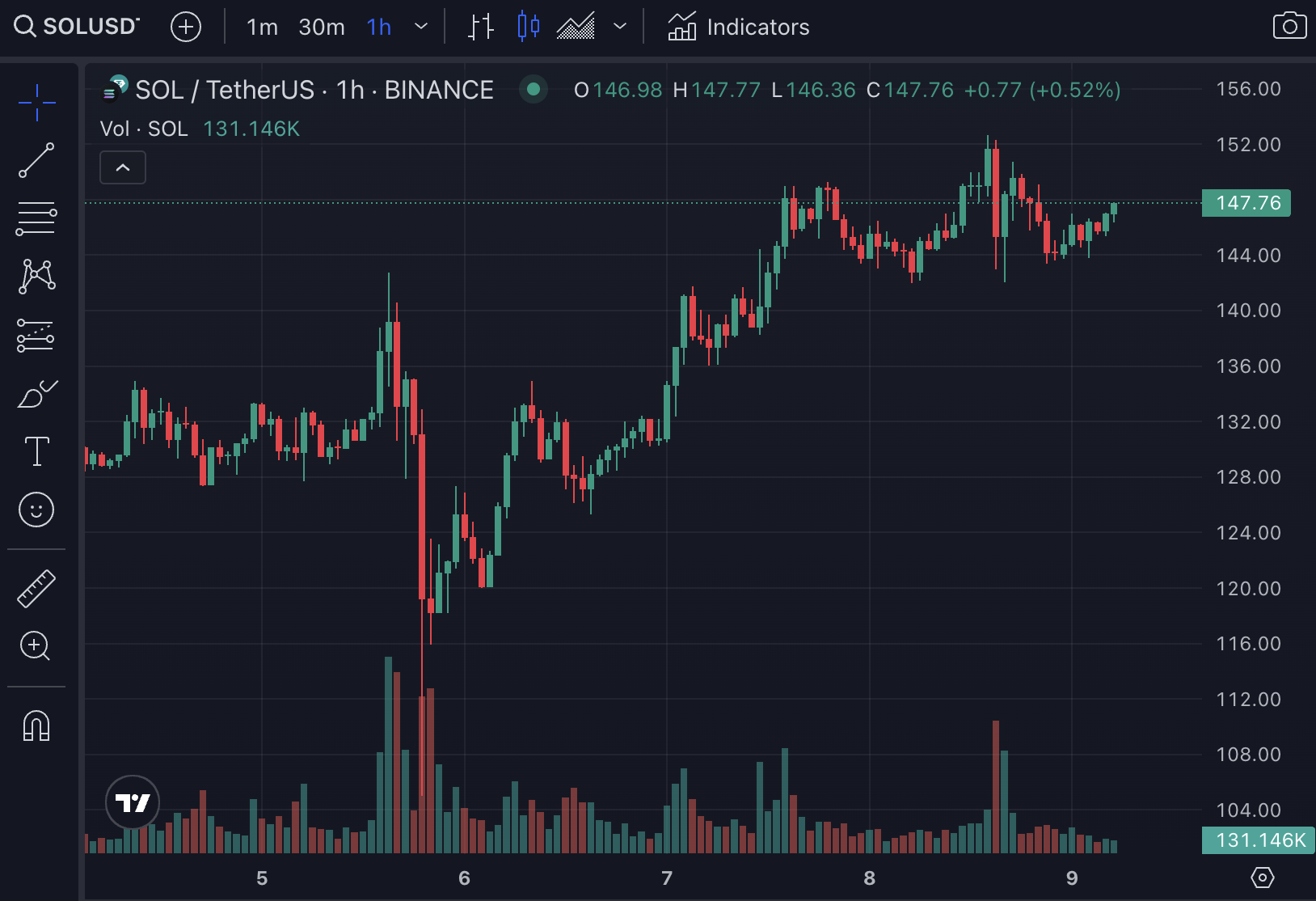
Solana Use Cases
Given its massive scalability, Solana has emerged as an attractive platform for decentralized applications and services that require high throughput capabilities, including:
- Exchanges: Flagship DEX projects like FTX and Serum leverage Solana for low-latency trading.
- Payments: Fast, cheap transactions enable micropayments and real-time retail/freemium payment models.
- Gaming: Blockchain gaming is making strides on Solana due to its speed advantages over alternatives.
- Financial Services: DeFi protocols around lending, liquidity provision, and stablecoins are building sizable TVLs.
- NFT Marketplaces: Projects like Digicommodity, Holaplex use Solana due to its superior ability to handle costly minting/transfers at scale.
- Media/Ticketing: Streaming, tokenized content platforms, and live event tickets can gain traction on Solana.
Developers are continually exploring new innovative use cases to maximize Solana's unique capabilities. This rapid application growth drives heightened SOL demand.
Advantages of Solana
Some key benefits offered by Solana over other blockchains:
- Unmatched Scalability: A throughput of 65,000 TPS allows robust commercial-grade applications.
- Blazing Speeds: Average transaction times less than 500ms and block times of around 400ms provide near-instant finality.
- Low Fees: At just $0.00025 per transaction, Solana removes friction for micropayments.
- Smart Contract Support: Sealevel enables parallel smart contract processing for scalable decentralized applications.
- Energy Efficiency: Validator hardware requirements minimize energy usage vs. PoW networks like Bitcoin.
- Open Governance: SOL stakeholder participation will ensure the decentralized network evolves responsively.
- Innovation: Constant R&D drives ongoing performance/scalability enhancements through architecture upgrades.
Through ingenious application of technologies like Proof of History, clustered architecture and parallel processing, Solana has demonstrated incredible scalability surpassing 65,000+ TPS with fast, low-cost transactions. This cutting-edge performance addresses critical issues limiting blockchain adoption at an infrastructure level.
Solana is well-positioned to capture mainstream usage if decentralization concerns can be mitigated through its open and collaborative community approach. As developers unlock new possibilities on its performant network, Solana shows immense potential to revolutionize how we interact with blockchain technology on a global scale.
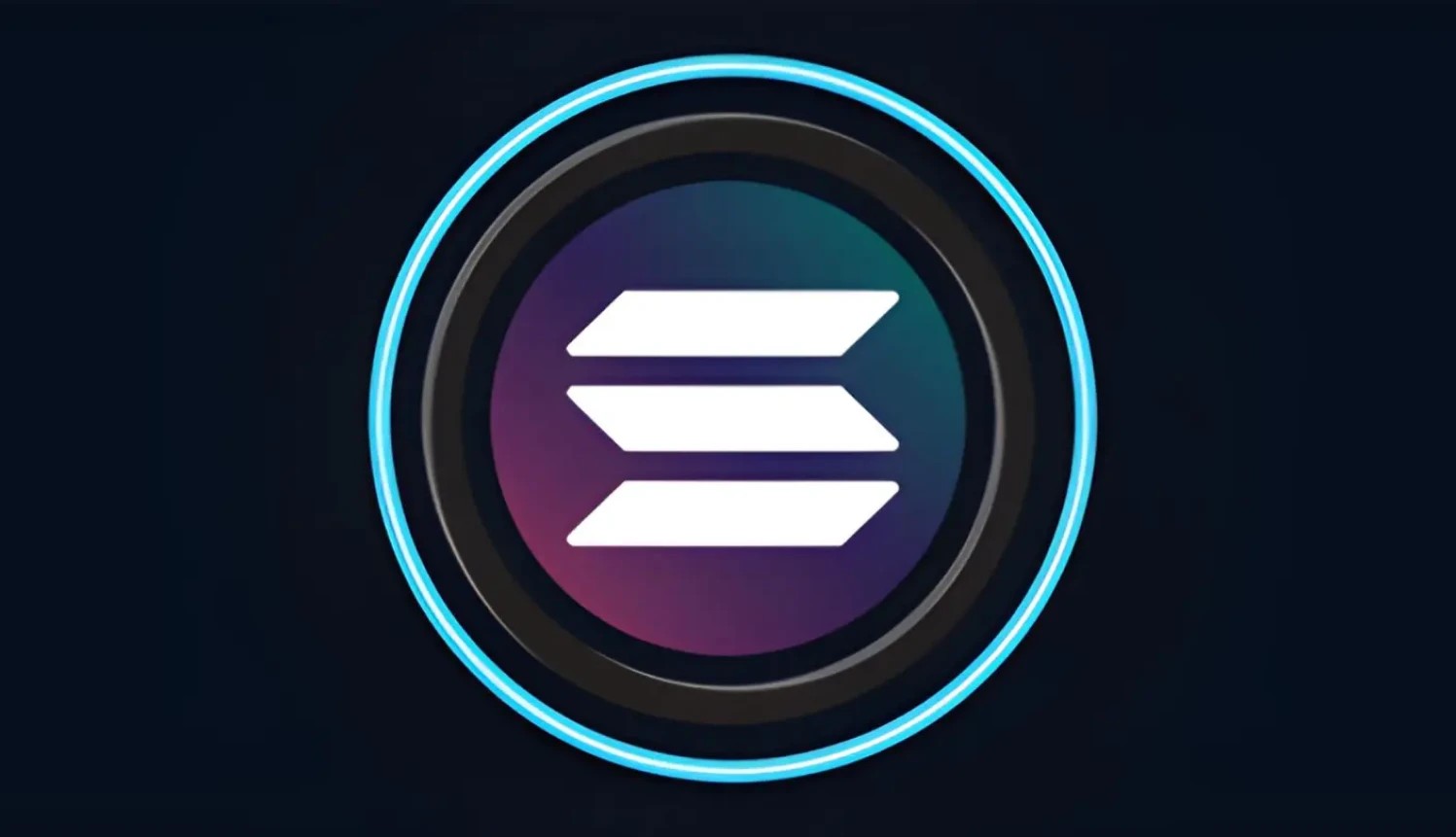
_%20500%20x%20288%20(15).webp)
_%20500%20x%20288%20(15).webp)
_%20500%20x%20288%20.webp)
%20500%20x%20288%20(14).webp)
